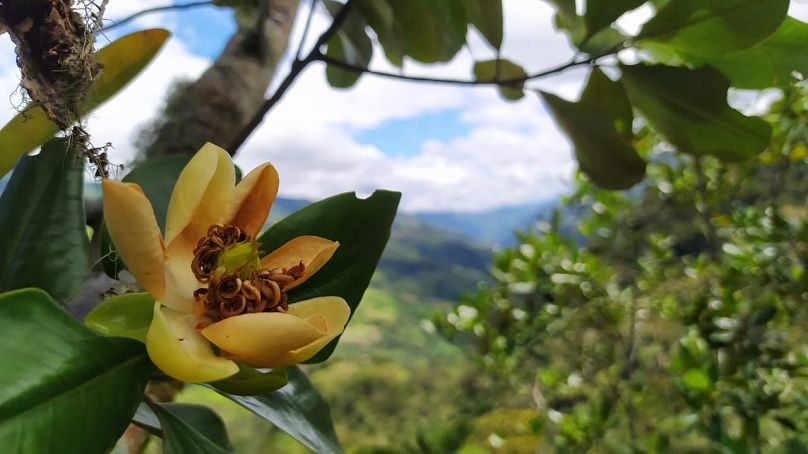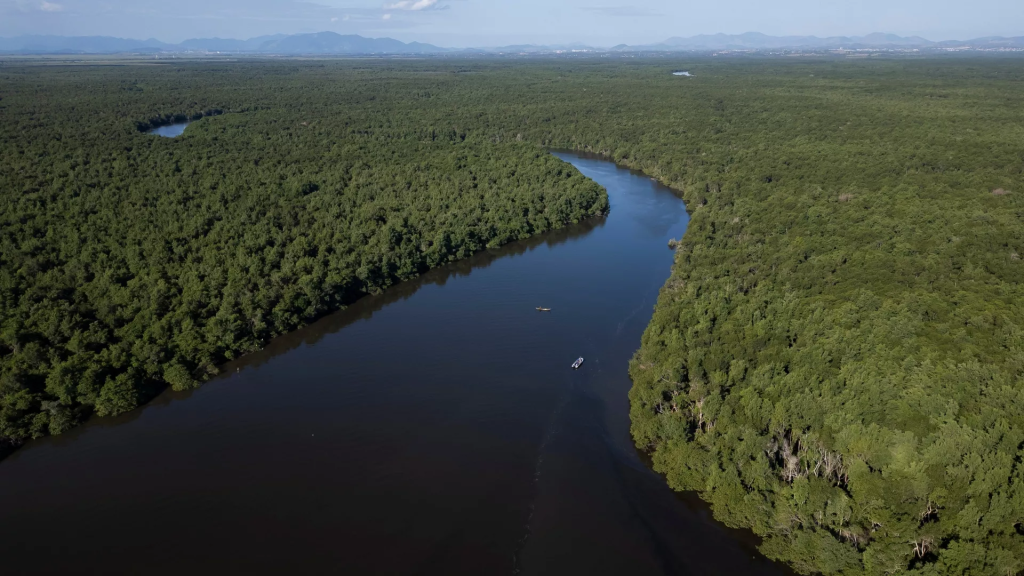The loss of trees is also a major threat to thousands of other plants, animals and fungi.
Just over one in three of the world’s tree species are now at risk of extinction, according to the latest update of IUCN’s Red List of Threatened Species.
For the first time, a majority of the world’s trees have been added to the list revealing that at least 16,425 of the 47,282 species assessed by the IUCN are at risk of extinction. This means that trees now make up over a quarter of the species on the IUCN Red List.
The number of threatened trees is more than double the number of all threatened birds, mammals, reptiles and amphibians combined and tree species are at risk of extinction in 192 countries around the world.
“This comprehensive assessment presents the first-ever global picture of the conservation status of trees,” says Dr Malin Rivers, global tree assessment lead at Botanic Gardens Conservation International, a Red List Partner.
“The work is a global effort, with over 1,000 tree experts involved. We need to continue to work together to scale up local, national and international tree conservation action to support people and the planet.”
The loss of trees threatens people, plants and animals
As a defining element of many ecosystems, the loss of trees is also a major threat to thousands of other plants, fungi and animals. Trees are fundamental to life on earth playing an essential role in the carbon, water and nutrient cycles as well as soil formation and climate regulation.
Trees are also vitally important to people, with more than 5,000 species on the IUCN Red List used for timber in construction and over 2,000 species used for medicine, food and fuels.
“We hope this frightening statistic of one in three trees facing extinction will incentivise urgent action and be used to inform conservation plans.”
“The significance of the Global Tree Assessment cannot be overstated, given the importance of trees to ecosystems and people,” says Dr Eimear Nic Lughadha, senior research leader in conservation assessment and analysis at the Royal Botanic Gardens, Kew.
“We hope this frightening statistic of one in three trees facing extinction will incentivise urgent action and be used to inform conservation plans.”
Where and what are the biggest threats to tree species?
Climate change is increasingly threatening trees – particularly in the tropics where sea level rise and stronger more frequent storms pose a risk.
The highest proportion of threatened species can be found on islands, according to the IUCN. These are particularly vulnerable to deforestation from urban development or agriculture as well as invasive species, pests and diseases.
South America is home to the greatest diversity of tree species in the world. There just 3,356 out of 13,668 assessed species or 25 per cent were found to be at risk of extinction.

In Colombia, Red List assessments have already helped inform national conservation efforts. Seven species of Endangered and Critically Endangered Magnolia have been used to designate five new Key Biodiversity Areas, which will be used by the local and national government to inform planning policies.
But this lower percentage isn’t necessarily a win for South America, Dr Nic Lughadha explains.
“This percentage is sure to increase because many tree species from South America have yet to be described for science and tree species new to science are more likely than not to be threatened with extinction.”
‘There is no excuse not to act’
The IUCN hopes that this new assessment can be used as a unique tool to help guide action to reverse the decline of nature.
Jean-Christophe Vié, director general of Fondation Franklinia which funded most of the Global Tree Assessment, says we know where we need to act to efficiently tackle the extinction crisis hitting the world’s trees.
“There is no excuse not to act. With such a large number of threatened tree species, the task is huge, but it has already started. Many NGOs, botanic gardens, universities and others are doing great work, and just the ones that our Foundation supports protect over 1,000 threatened species.”
Vié explains that some countries such as Ghana, Colombia, Chile and Kenya already have national strategies in place to protect tree species. Others such as Gabon have also identified important areas for trees.
“Trees are seen as an easy fix to climate change and trees are planted everywhere; but the way reforestation is done needs to be greatly improved, diversifying species and including threatened ones in tree-planting schemes,” he adds.
“Governments and their forestry departments, companies and all those planting trees could easily do this and get positive impact quickly, tackling both the climate change and biodiversity crises.”
Source link :View Article
Author
-

Euro News is Europe's leading international news channel, delivering global, multilingual news with a European perspective to over 400 million households in 160 countries. Offering 12 cross-platform language editions, including 9 distinct TV editions, the channel aims to present diverse viewpoints while maintaining a focus on factual reporting.



